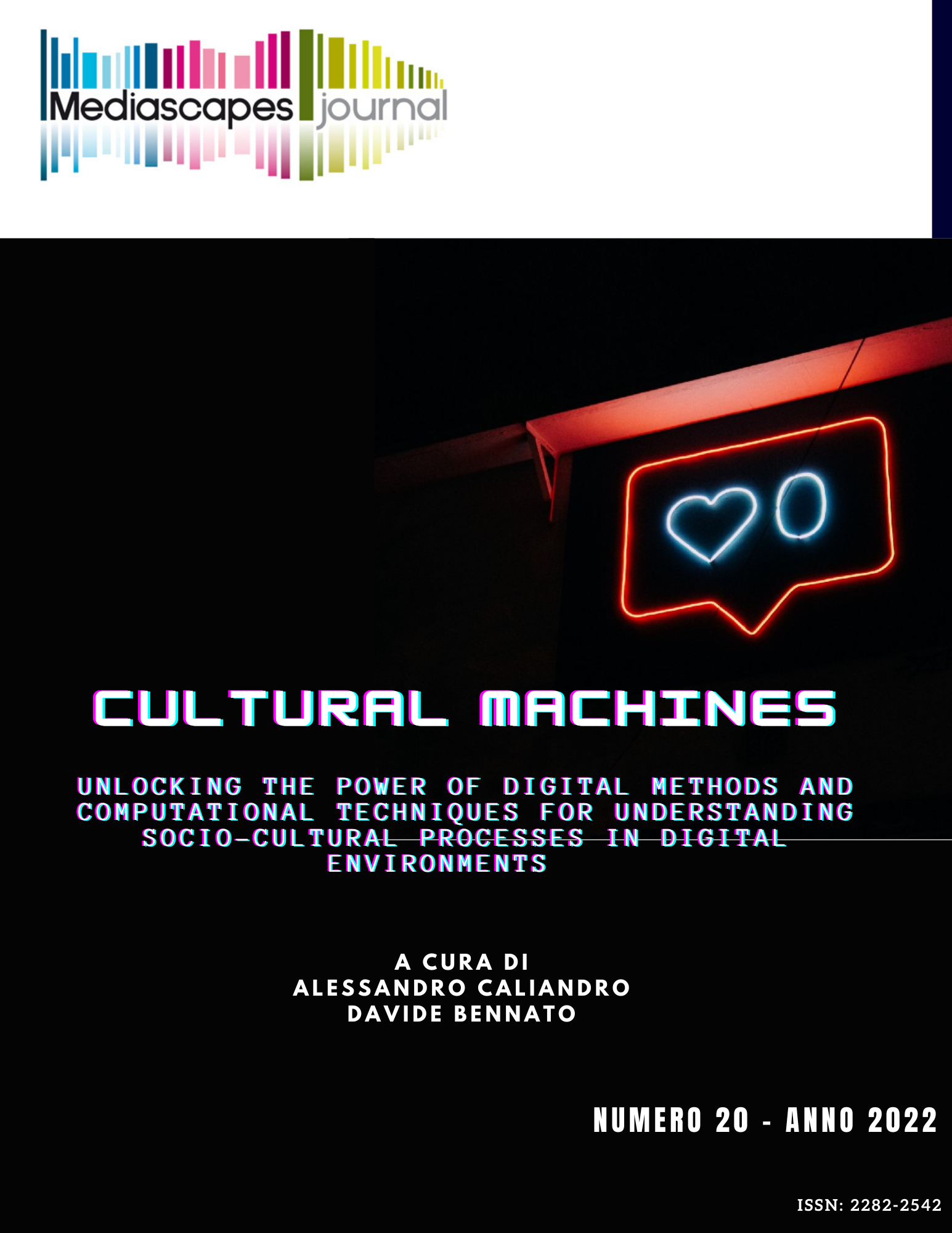Techno-aesthetic Narratives in Digital Journalism: The Case of Newsgames
The Case of Newsgames
Keywords:
techno-aesthetics, newsgames, gamification, journalism, narrativesAbstract
The structural connection between gamification processes and the dissemination of information in online environments created by the affordances of digital media has led to the rise of newsgames in journalism. These are computerized games intended to illustrate a specific, concrete news item to a participatory, interactive audience. This development has sparked discussion, with some believing that it is harmful to treat serious news using methods typical of entertainment, and others calling attention to the expressive and learning opportunities that derive from applying videogames to journalistic reporting on reality. In this article, I argue that the debate on gamification processes in news information can be enriched by considering the narratives conveyed by newsgames as “techno-aesthetic narratives.” The concept of techno-aesthetics, developed by Gilbert Simondon, refers to the extension of human sensibility into technological artifacts that prolong its faculties, allowing them to enter into relationship with a wider social and cultural reality, thanks to the technological extension. The techno-aesthetic paradigm has been investigated in many fields, from literature to the visual arts, including forms of communication mediated by digital devices, but it has never been applied thus far to news narratives. Through an analysis of the work of Pietro Montani, who has modernized thought on techno-aesthetics by updating it to include digital media, I show that the essential traits of this paradigm can also be applied to journalistic narratives conveyed by newsgames. More specifically, I focus on the following four characteristics of the techno-aesthetic paradigm: 1. The interactive imagination; 2. The conception of gamification as a tool for reflecting on reality; 3. The transformation of users’ experience and schemas through the techno-aesthetic experience; 4. The role of the “performance of sensibility” in this transformation of subjectivity. In tracing out the connection between these four characteristics and newsgames, I examine both major studies on the narratives conveyed by these journalistic productions and two case studies: The Refugee Challenge, produced by the British newspaper The Guardian; and Rebuilding Haiti, created by the European Journalism Centre. I then explain why I believe it would be useful to extend the techno-aesthetic paradigm to journalistic narratives, which have not yet been considered from this angle. First of all, they can prompt reflection on the role of digital journalism in the implementation of a “techno-aesthetic education” as envisaged by Montani (2015). Furthermore, discussing techno-aesthetic narratives can help shed light on some of the informational and ethical potential of a journalism that conveys news to its audience through “ludic” methods, thereby furthering reflection on the link between journalistic information and gamification processes. Techno-aesthetic narratives also find a place in studies on the changing concept of objectivity in digital journalism, such as Michael Schudson’s notion of an “objectivity of empathy” (2018). I conclude by setting out the potential risks, especially the ideological ones, inherent in techno-aesthetic narratives conveyed by newsgames and suggest types of studies that will be needed in the future to evaluate the real impact of these narratives.
Downloads
Published
How to Cite
Issue
Section
License

This work is licensed under a Creative Commons Attribution 4.0 International License.
Mediascapes Journal is published under a Creative Commons Attribution Licence 4.0.
With the licence CC-BY, authors retain the copyright, allowing anyone to download, reuse, re-print, modify, distribute and/or copy their contribution. The work must be properly attributed to its author. It should be also mentioned that the work has been first published by the journal Anuac.
Having published these contributions for the first time, Mediascapes Journal will have the right to publish them integrally or partially as reprints or possibly as part of a thematic issue, in both digital and printed format.
It is not necessary to ask further permissions both to author or the journal.


